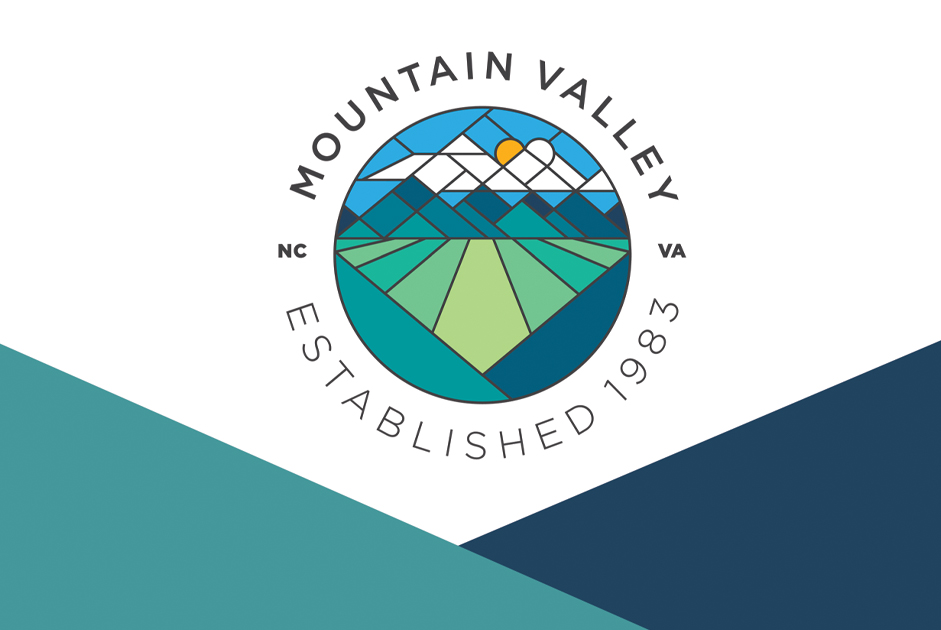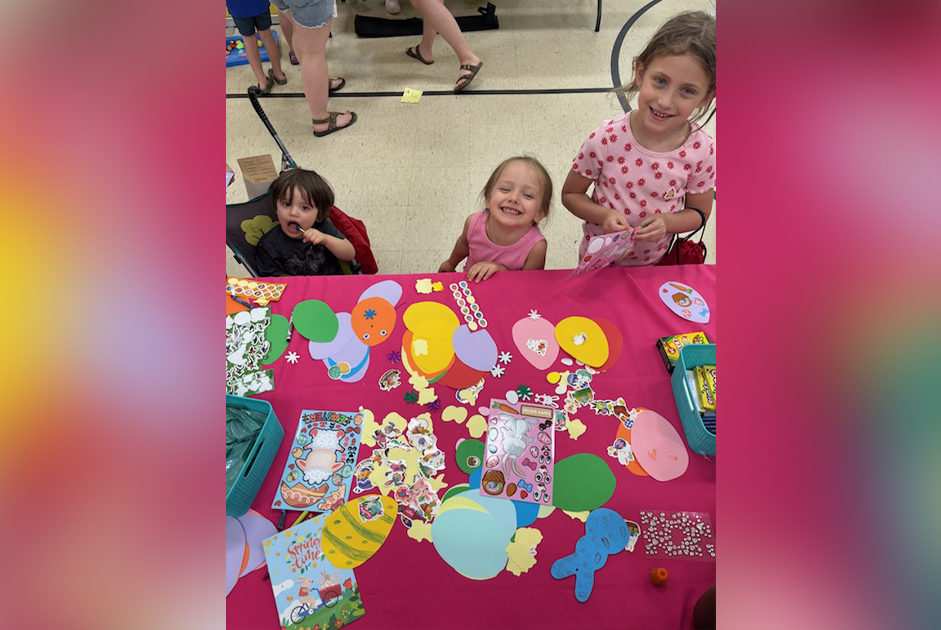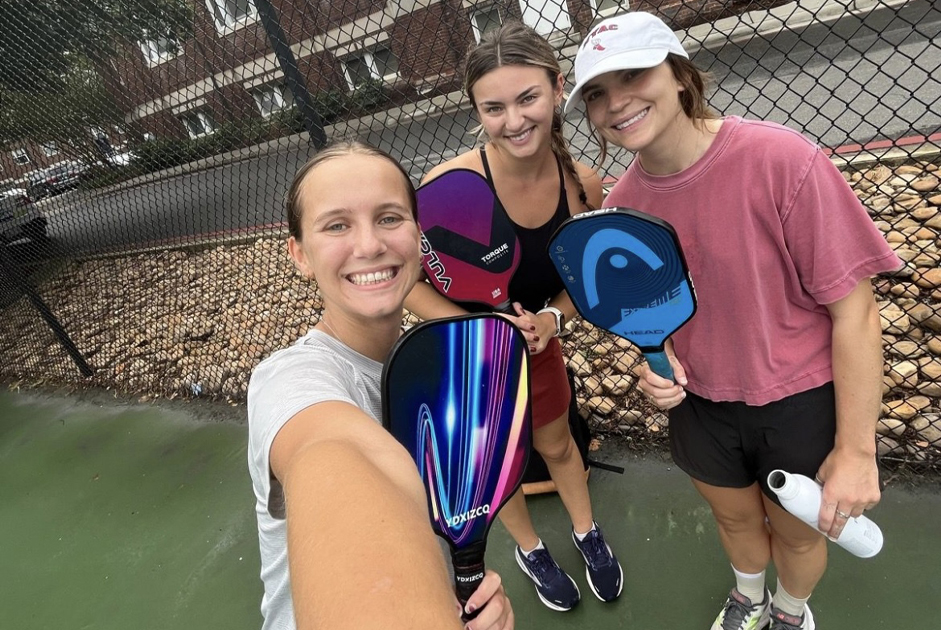Which of the following are examples of acknowledgement?
- “Hey, how’re you doin’?”
- “That was awesome!”
- “You are incredible.”
They all are because acknowledgement comes in several shapes, sizes and forms. For example:
- “Hey, how’re you doin’?” describes being noticed by someone.
- “That was awesome!” describes being recognized for something you did.
- “You are incredible.” describes the least common form of acknowledgement – being appreciated for who you are.
For managers and coworkers alike, each of these has its place at work. Here’s a deeper dive:
When you use an “I Notice You” acknowledgement, you are saying “I recognize your presence or existence.” It’s a micro-second glance, a wave of a hand or a quick flash of a smile and communicates that you see them and are connecting with them, instead of ignoring them. It’s the most fundamental expression of respect that one human extends to another.
Acknowledgement at this level is a simple human courtesy. You might even say it’s decency, or common sense – and I would agree. However, in workplaces where people report feeling shunned, dismissed or disrespected, they often cite the absence of this basic human form of acknowledgement. This “missed opportunity” is especially disturbing to employees when leaders – you know, the people whose example they are expected to follow – fail to acknowledge them. When human beings at work are not “noticed,” they feel disrespected. That’s when a dangerous spiral is set into motion. Their anger becomes hurt, and their hurt contributes to feeling disengaged which is why they often check out emotionally. When we fail to acknowledge by noticing, we make people feel “invisible” while demonstrating a fundamental lack of respect for them.
When you use an “I Recognize You” acknowledgement, you are calling out something specific someone did or contributed. You might say “Thank you, I appreciate what you did.” You might “package” that acknowledgement and gratitude in spoken words, a note, an email or a text. Or maybe that recognition takes the form of a plaque, certificate, money or gift card.
Here’s something to think about – research estimates that approximately 50,000 thoughts go through our heads each day and that, on average, 80% of them are negative. Some of these thoughts are directed internally, in the form of “negative self-talk.” With that much ugly happening on the inside, it’s little wonder that genuine acknowledgement has a strong, positive effect on us and matters in a big way!
In fact, it drives both engagement and performance! Case in point – one of the top six attributes of leaders of high performing teams is that their employees said “yes” to this question: “In the last seven days, have I received recognition or praise for good work?”
Now here’s a curious and disturbing twist – even in workplaces where recognition is practiced and celebrated, leaders don’t always practice “acknowledging by noticing.” And that’s what employees notice. In other words, if you acknowledge me by recognizing me, but you fail to acknowledge me by noticing me, you are sending a mixed message, and that impacts trust.
When you use an “I Appreciate You” acknowledgement, you are shining a light on someone’s fundamental worth and value. This is the deepest and most profound form of acknowledgement because it goes beyond noticing and is unattached to a specific reason for recognizing. It tells the other person that you have respect for something special about him or her – a gift, strength, quality or characteristic that makes that person who he or she is. And, it has nothing to do with “what you did for me lately.”
So, where are you? Is there a level of acknowledgement that is a strength for you? Where is your opportunity?



















